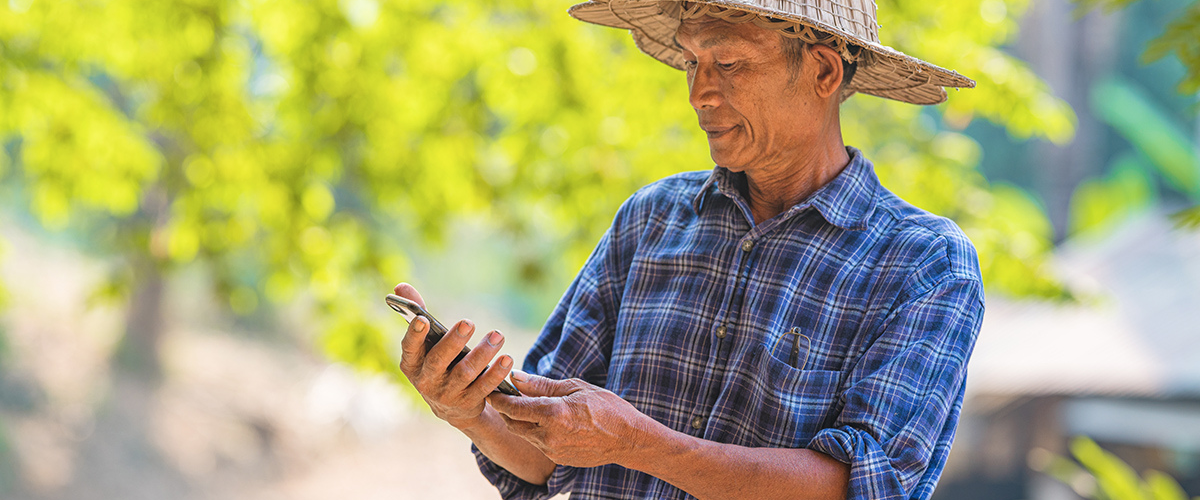
Advancing Women’s Financial Inclusion
Nowadays, according to Global Findex 2017, 54,4% of adults in Latin America has a bank account
Which translates into a 3% growth from 2014 and a 11% growth since 2011. However, as important as this remained unchanged since 2011. Regarding access to bank accounts, the gender gap remains at 7% percent worldwide.
This gap is even greater in Middle Eastern and North African countries, where only 35% percent of women have a financial account, 17% less than men, leaving many to resort to cash or over-the-counter service. This presents a serious problem because banks are key to reducing poverty and increasing prosperity in developing economies. By having an account, money can be safely moved around, savings are encouraged and there are less barriers to access loans and insurance policies.
Why does this gender gap exist?
There are several reasons why access to bank accounts is so difficult to women: many don’t have an ID to prove their identity or enough required collateral, others have mobility constraints while some lack the necessary financial education.
Additionally, there are other cultural and social constraints. According to The Women, Business and the Law report, 88% of countries hinder women’s economic opportunity. In fact, 104 countries currently prevent women from working in the same way as men. Social norms are also key when it comes to financially empowering women.
How can this situation be remedied?
1. Repeal discriminatory laws
There are several possible ways in which to take on this problem. Discriminatory laws restrict women’s rights, not allowing them to make their own decisions regarding their personal finances. In fact, in countries such as Saudi Arabia women are not allowed to open bank accounts, while in others they aren’t allowed to choose where to live, hindering their professional development as well as their means of travelling to a bank, for instance.
Laws that restrict women’s rights directly affect their access to financial services, while in countries where they are permitted to work and can be head of household, they are more likely to have accounts, savings or even get credits. Yet, it is possible. There are some countries that have made progress in legal rights for women:
- The Democratic Republic of Congo passed a law allowing women to work, open bank accounts and register businesses on their own.
- Kenya has provided legal aid provisions to improve access to justice for women as well as helped simplify the credit building process to encourage more women to take loans and start their own businesses.
- Iraq has criminalized sexual harassment and made gender discrimination at work illegal.
- Ecuador recently repealed a law that favored men over women when it came to disagreements between spouses on marital assets.
2. Embrace online banking
Another very effective way in which to reduce gender gap is by taking advantage of online banking. In African countries, for instance, 86% of men and 75% percent of women have a mobile phone, devices are already widespread, providing the perfect situation for rapid changes to occur.
Digital banking, especially in African countries, can be an extremely effective way to reduce gender gap. In fact, in places such as Cameroon, Kenya, Liberia or Mozambique, online banking platforms have significantly reduced gender gap. By adopting digital banking, companies owned by women can receive government payments much easier, they can invest and transfer funds more easily, it helps them build assets and increase their savings, empowering them and in turn, strengthening their communities.
Additionally, through fintech, banks can find alternative ways through which to check women’s creditworthiness in order to grant them credits, a frequent barrier due to their lack of credit history.
3. Promote financial literacy
Often, women lack knowledge on personal finance, which usually leads to men making decisions over their financial capabilities. This affects their self-confidence and their confidence in financial institutions and their ability to save money, which leads to further doubt when choosing financial products.
Hence, in order to encourage female economic and financial empowering, financial institutions need to promote financial literacy among women, teaching them how to open an account, how to manage their own money and how to save. By boosting their self-confidence and tackling these differences with men, women can truly develop their financial freedom
 Back
Backto top



